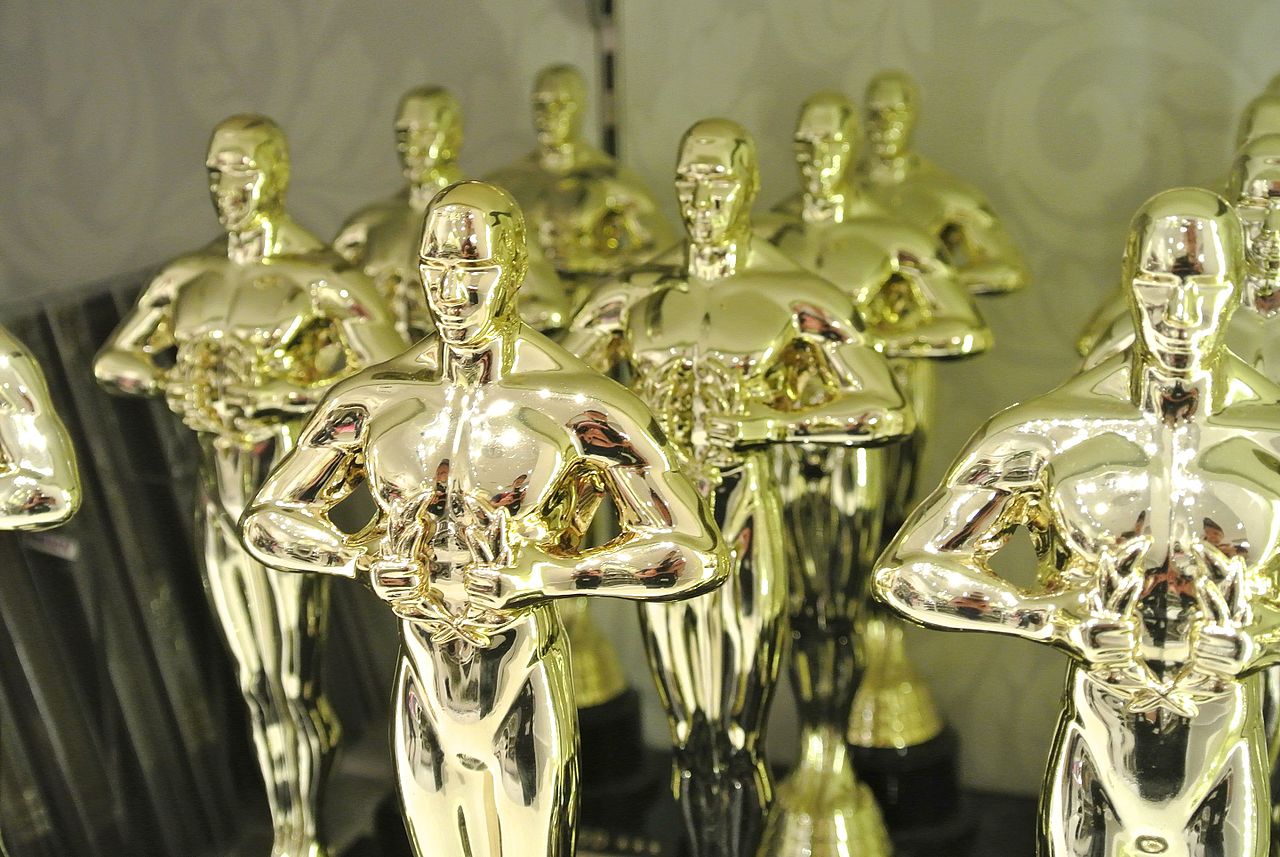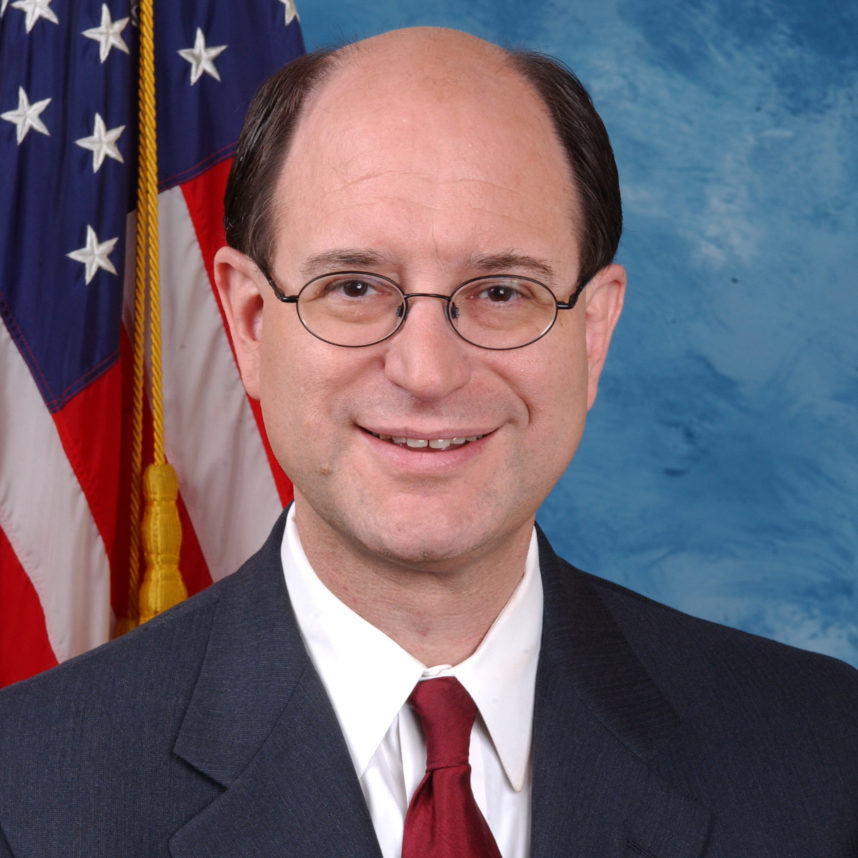
If there is one thing that Jews love, it’s films. And with this being Jewish Disability Awareness and Inclusion Month, it is a great time to look at disability themes in the latest hot movies. Of the nine films nominated for best picture, four have themes or sub-plots related to disability.
For example, “Manchester by the Sea” features themes of mental health, alcoholism and drug use. Likewise, “Moonlight” includes story lines surrounding drug addiction. “Arrival,” a science-fiction film, includes a child who has cancer.
“Fences,” a film that has received multiple accolades for its racially diverse themes, also includes a disability storyline. The older brother of lead character Troy Maxson (Denzel Washington), Gabe Maxson (Mykelti Williamson), sustained a traumatic brain injury (TBI) during World War II. Children in the neighborhood often torment Gabe. When Troy bails Gabe out of jail for disturbing the peace, Troy unknowingly signs a paper that routes half of Gabe’s pension to a psychiatric hospital, forcing Gabe to be institutionalized.
Williamson does not have a disability himself, which is quite common when it comes to casting actors portraying people with disabilities. The Ruderman White Paper on Disability in Television found that non-disabled actors play more than 95 percent of characters with disabilities on television. When asked by the Los Angeles Times about playing the role of someone with a TBI, Williamson acknowledged the many variables and “different levels of injury and effect” of someone with a TBI.
In the full-length documentary category, “Life, Animated,” a film about Owen, a boy with autism (who happens to be Jewish), is nominated. The film shows how Owen, a young man who was unable to speak as a child, and his father are able to connect through Disney animated films.
One film that exemplified the positive portrayal of disability this year is the animated “Finding Dory,” but it was not nominated for an Oscar. It was the No. 1 film at the domestic box office last year. Financial successes like this film show that positive portrayal of disability is a winning theme. In “Finding Dory,” disability is not something Dory needs to overcome, but something she needs to learn to live with, accept and work with to accomplish things “in her own Dory way.”
But while these films include disability themes, no known actor or other individual with a disability was nominated for an Oscar. As previously noted, more than 95 percent of characters with disabilities on television are played by non-disabled actors. When a non-disabled actor mimics someone from any minority group, whether it be racial or disability, he takes a job from an actor who genuinely has that characteristic and perpetuates that group’s under-representation in the industry.
Including disability in diversity
“Fences,” “Moonlight” and “Hidden Figures” are nominated for best picture and have been noted to be racially diverse. In addition, six Black actors have received nominations, which is a record high.
“The studios and major film distributors really gave it to us this year,” said Gil Robertson, the African American Film Critics Association’s co-founder and president. “By any measurement, it’s been an exceptional year for Blacks in film. From comedies to high-quality dramas and documentaries, 2016 will forever represent a bonanza year for Black cinema, and all cinema really.”
In a statement, Robertson also spoke of the importance of other minority communities, listing out the “Asian, Hispanic, Native American and LGBT communities,” but he failed to include the disability community — a common occurrence even among the best intentioned.
People with disabilities are the largest minority in America, with almost 1 in 5 Americans having a disability. Yet the disability community often is forgotten in diversity conversations.
According to GLAAD (formerly the Gay & Lesbian Alliance Against Defamation), fewer than 2 percent of scripted television characters (15) have disabilities. In addition to the lack of representation in general, what does exist is misleading. Almost all portrayals of people with disabilities in media are white, despite the fact that disability impacts all ethnicities. According to a recent report by the Media, Diversity, & Social Change (MDSC) Initiative at USC’s Annenberg School for Communication and Journalism, only 2.4 percent of all speaking or named characters in film in 2015 were shown to have a disability and none of the leading characters were from underrepresented racial or ethnic groups. “Depictions of disability are not only marginalized,” the report says, “they also obscure the true diversity of this community.”
It is important to note that anyone can join the disability community at any point in time and that people with disabilities come from all communities — including the African-American, Asian, Latino, Native American and LGBTQ communities.
Advocating from within
Meryl Streep, who spoke out about the importance of not mocking people who have disabilities during her Golden Globes lifetime achievement award speech, has marked another lifetime achievement — her 20th Academy Award nomination.
Our group, RespectAbility, previously called on Streep to “walk the walk” when it comes to full inclusion of people with disabilities. Actors with influence like Streep’s have the power and influence to ensure that television and movies include people with disabilities that feature accurate and positive portrayals. This includes not only characters but the actors themselves — as well as employment positions on the other side of the camera.
Streep is a three-time Academy Award winner who has been nominated for a record 20 Oscars and 30 Golden Globes. Change takes a lot more than pointing fingers at someone else’s shortcomings. It takes personal action and leadership. As one of the world’s finest artists and actors, she has tremendous power. How great would it be if the next time she was cast in a film or television show she simply asked the script writers to ensure that the diversity of the roles, including people with disabilities, reflected society at large?

Thankfully, Rep. Brad Sherman (D-Sherman Oaks) is doing something about it. On Feb. 21, his office is hosting a series of meetings to help us inaugurate a Community of Practice comprising key stakeholders to move the needle on two important core issues: inclusion and diversity in Hollywood and employment of people with disabilities. Sherman will gather leaders in philanthropy, workforce development and the entertainment industry who care about diversity, inclusion and employment in Hollywood for people with disabilities. If you want to be a part of this, please email me at JenniferM@RespectAbilityUSA.org. Your help is needed.
Think about it — only 37 percent of Los Angeles residents ages 18 to 64 who have disabilities are employed, compared with 71 percent of people without disabilities. Los Angeles has an opportunity to improve employment outcomes for people with disabilities through sustained partnerships across the public, private and philanthropic sectors. We know from other states and localities that sustained leadership and best practices can empower more people with disabilities to enter the workforce. For example, in the Dakotas, Wyoming and Montgomery County, Md., more than 50 percent of working-age people with disabilities have jobs or are pursuing careers. There is a critical opportunity for leaders from Los Angeles to team up and learn what can be done about this critical challenge so that people with disabilities in the greater Los Angeles area can have a better future.
What people see and hear affects what they think and feel — and what they think and feel has life-and-death consequences. People with disabilities lack access to health care, education and employment opportunities. Medical professionals withhold treatments due to valuing people with disabilities less than those without disabilities. This ranges from OB/GYNs recommending abortions for fetuses with nonfatal, prenatally diagnosed conditions to orthodontists not placing braces on patients because of prejudice. Women who use wheelchairs are many times more likely to die from breast cancer because so few mammogram machines are ADA accessible.
A major Princeton study showed that people with disabilities are seen as warm, not competent. Similarly, a Cornell Hospitality Quarterly study revealed companies are concerned that people with disabilities could not do the required work. Thus, employers who are largely impacted by what they see out of Hollywood do not want to give people with disabilities a chance.
An increase in positive, diverse and accurate portrayals of people with disabilities on television and film can significantly help end stigmas that limit their health and lives. Award-winning actors, producers and directors can use their immense talents to help fight stigmas and advance opportunities for the 22 million working-age Americans with disabilities, only 1 in 3 of whom has a job today.
RespectAbility wants to see many more great shows come out of Hollywood like A&E’s Emmy-winning and stigma-busting docuseries “Born this Way,” starring diverse young adults with Down syndrome who achieve in education, employment and good health. There should be more role models like those in ABC’s “Speechless,” NBC’s “Superstore” and “Finding Dory.”
In addition to television shows and movies highlighting disability, RespectAbility calls on Hollywood to include people with disabilities in all television shows and movies like Dr. Arizona Robbins, an accomplished doctor on “Grey’s Anatomy.”
There is good work being done by SAG-AFTRA, GLAAD, the Media Access Awards, and other key leaders from the television, film and disability community. However, much more must be done to tear down stigmas that undermine people with disabilities’ chances to receive the education, training and employment opportunities we need to succeed, just like anyone else.
Big stars can do a lot. But so, too, can showrunners, creative executives, writers, casting agents, actors and others. Changing hearts, minds and behaviors takes great messages, delivery systems and message repetition. Diversity and inclusion processes also are needed inside networks and studios so that diversity and accurate portrayals become natural and consistent.
Jennifer Laszlo Mizrahi, who has a disability and is the mother of a child with disabilities, is the president of RespectAbilityUSA.org, a nonprofit fighting stigmas and advancing opportunities for people with disabilities. She can be reached at JenniferM@RespectAbilityUSA.org.






















 More news and opinions than at a Shabbat dinner, right in your inbox.
More news and opinions than at a Shabbat dinner, right in your inbox.